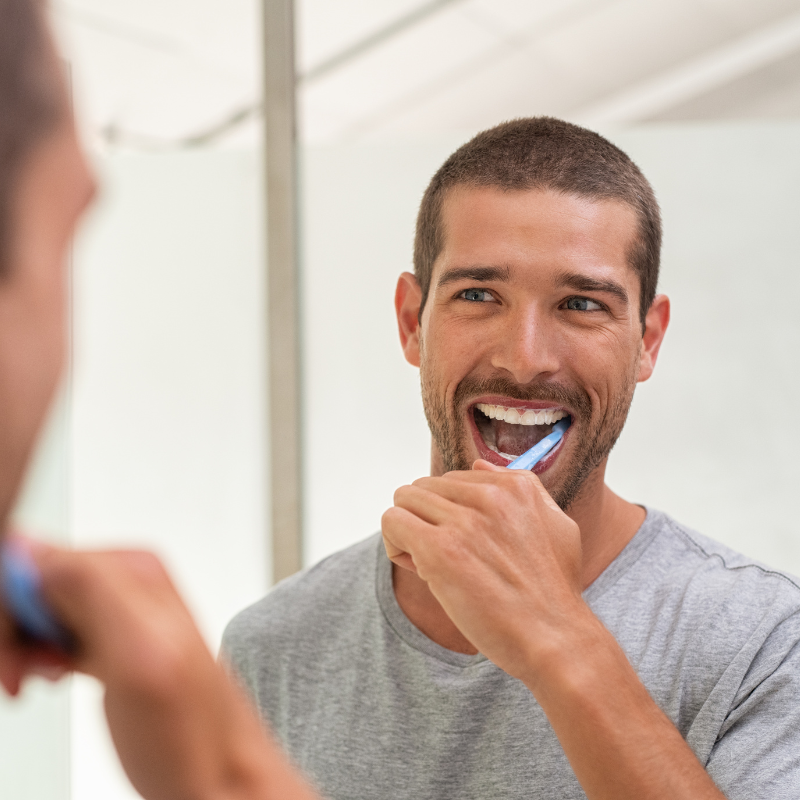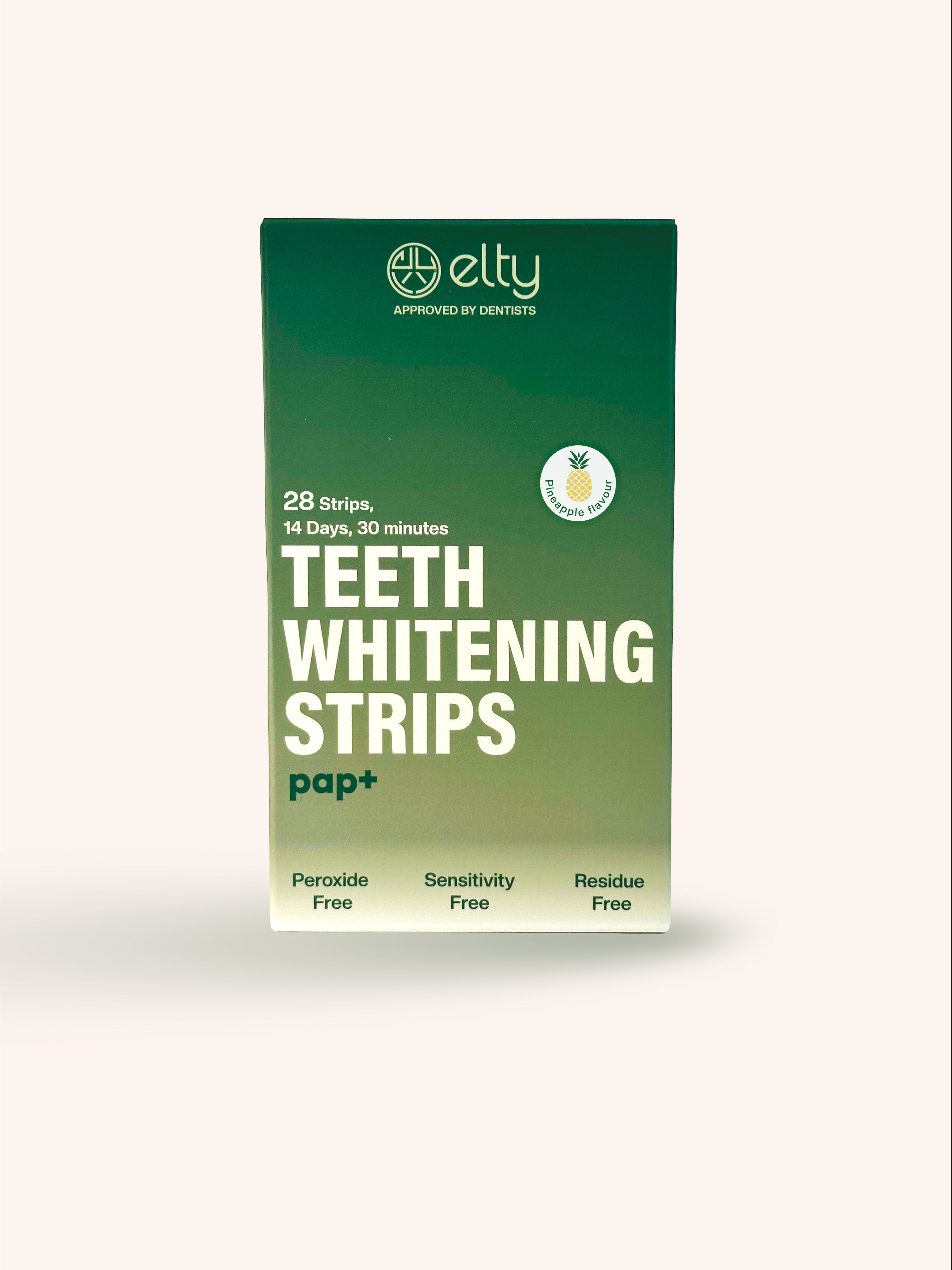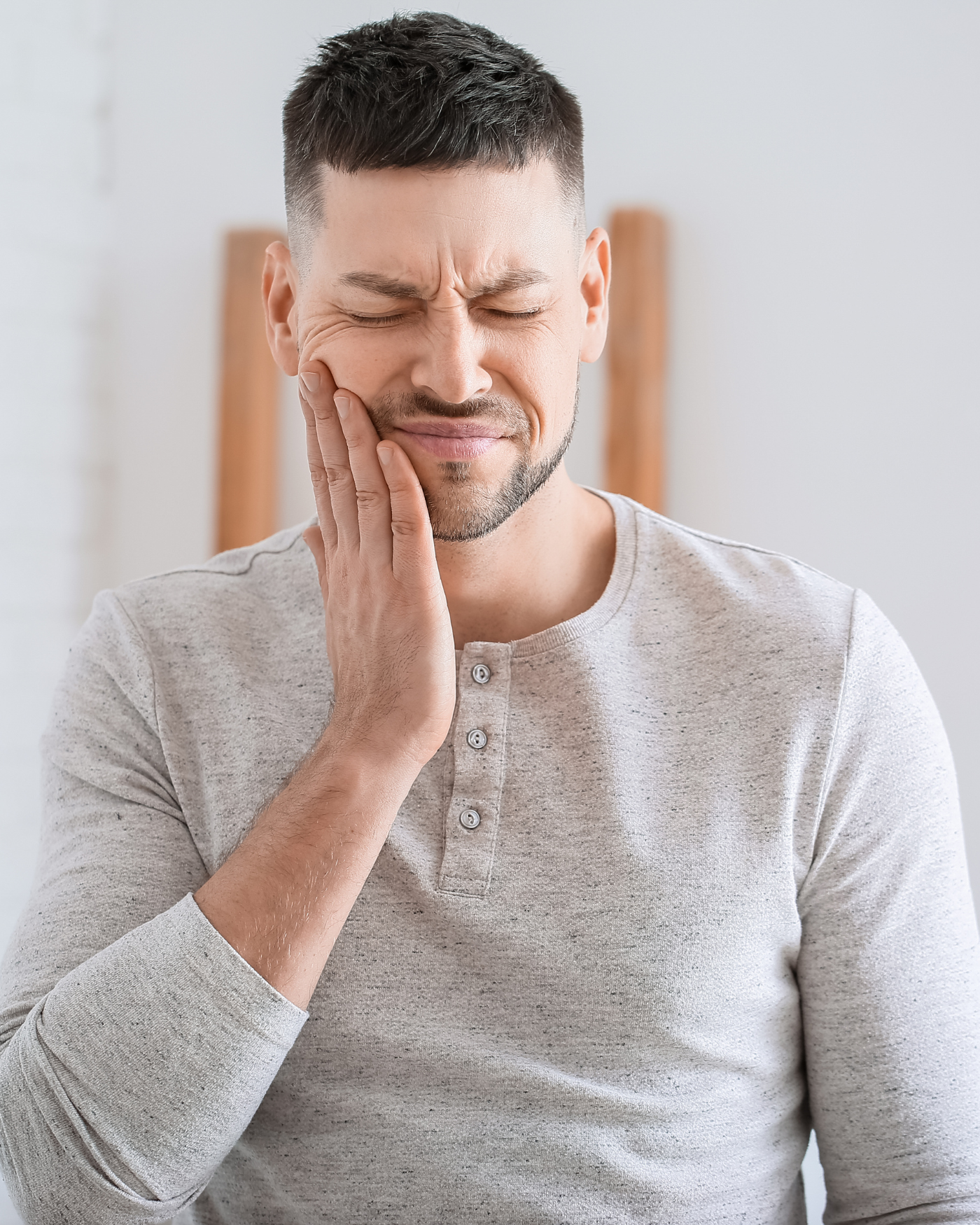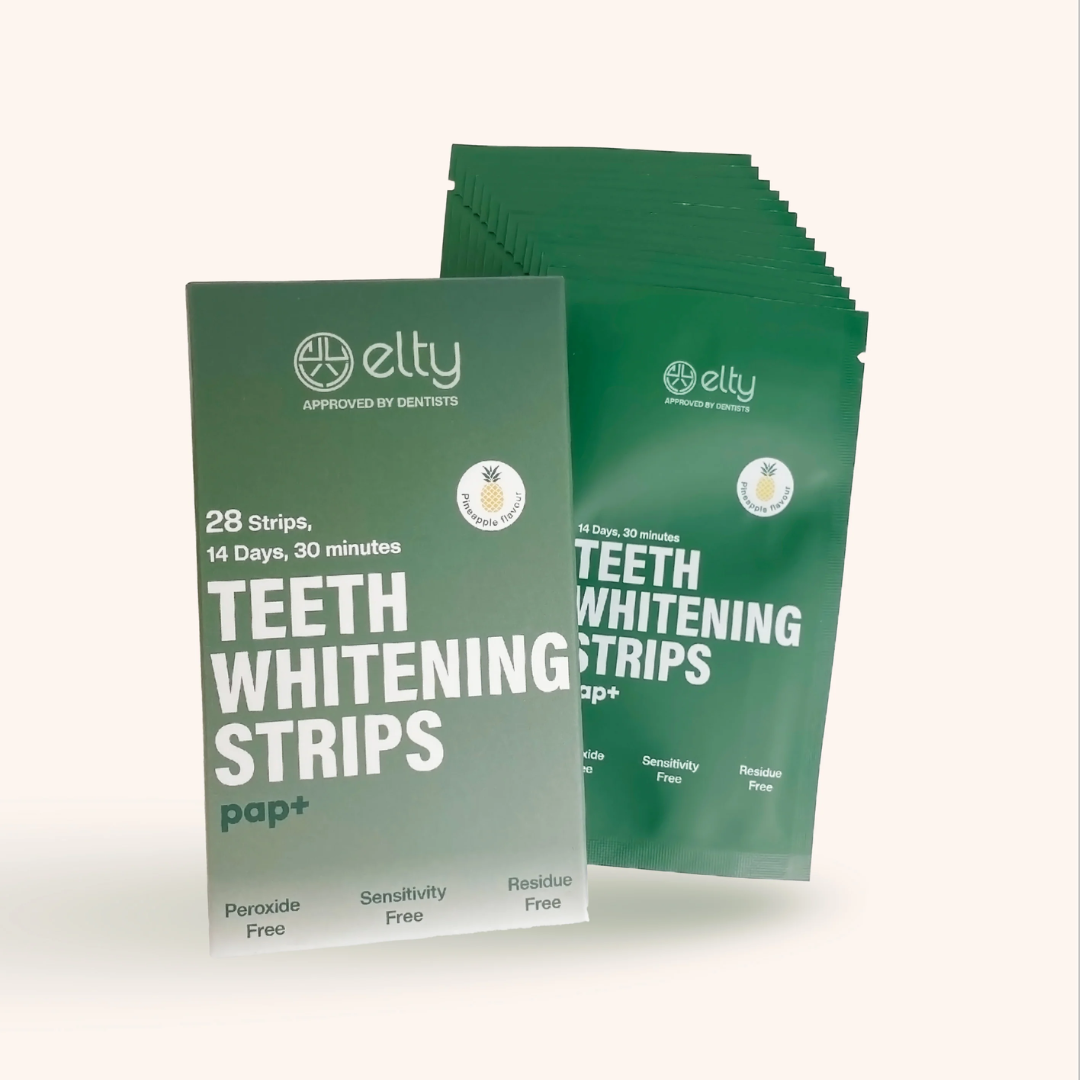Bright smiles sell but with all the products and home hacks floating around, how do you know what really whitens teeth safely… and what’s just hype (or risky DIY)?
Below, let’s cut through the noise with clear, evidence-based advice so you can make an informed decision for your smile. 😁
🦷 How Whitening Actually Works (Plain English)
Teeth become stained for two main reasons:
-
Extrinsic stains — surface stains from coffee, tea, wine, tobacco, etc. These can usually be polished or bleached.
-
Intrinsic stains — deeper discoloration caused by age, trauma, certain medications, or genetics; these are more difficult to change.
Most effective whitening agents (like hydrogen peroxide and carbamide peroxide) chemically break down stain molecules so that light reflects differently off the tooth surface creating a visibly whiter appearance.
Dentists and approved whitening products use controlled concentrations and application times so the peroxide safely reaches the enamel and dentin.
✅ What Does Work (and Is Backed by Evidence)
1. Dentist-Supervised Bleaching
(In-office treatments & dentist-recommended at-home kits)
Why it works: Dentists use proven peroxide formulas and protect the gums during application.
Effectiveness: Evidence shows that both in-office and dentist-supervised at-home tray systems produce significant whitening results. Reviews and meta-analyses suggest little difference in overall color change when protocols are similar — though sensitivity levels vary.
2. Over-the-Counter (OTC) Peroxide Products
(Whitening strips, gels, and certain toothpastes)
How they work: Many contain hydrogen or carbamide peroxide in lower concentrations and can reduce surface stains over several days or weeks.
Effectiveness & safety: When used correctly, OTC peroxide products deliver visible whitening with a low risk of irritation. Overuse or higher-than-recommended concentrations, however, can cause gum inflammation or sensitivity — so always follow the instructions and consider consulting a dentist first.
3. Professional Cleaning & Polishing
(For extrinsic surface stains)
Why it works: Dental cleanings remove plaque, tartar, and surface stains — often leaving teeth visibly brighter immediately. While not a true “bleaching” process, it’s an important first step before any whitening treatment.
🚫 What Doesn’t Work — or Is Risky
⚫ Activated Charcoal & “Natural” Abrasives
The claim: Charcoal toothpastes or powders can “pull” stains off teeth.
The truth: Research shows little to no whitening benefit compared to peroxide-based products. Worse, charcoal can be highly abrasive, wearing down enamel and making teeth appear more yellow over time.
🧪 DIY Hacks — Hydrogen Peroxide, Lemon Juice, Baking Soda
The myth: Household hydrogen peroxide or acids can safely whiten teeth.
The reality: These are not formulated for dental use and can harm gums and enamel. Straight baking soda or acidic rinses (like lemon juice) can erode enamel, causing lasting damage.
✏️ Whitening Pens & Unverified Products
Many whitening pens, powders, and “instant” gels are unregulated and lack scientific testing. Always look for products with the ADA Seal of Acceptance and published clinical studies.
⚠️ Side Effects & Safety — What to Watch For
-
Tooth sensitivity (usually temporary) — more likely with stronger or overused products.
-
Gum irritation — when whitening gel contacts soft tissue.
-
Enamel wear — possible from abrasives or misuse of high-concentration agents.
🪥 Final Takeaway
The safest, most effective whitening options are peroxide-based treatments either in-office or dentist-approved at-home kits.
Charcoal and DIY “natural” hacks might look trendy, but they often do more harm than good.
✨ A professional consultation, good oral hygiene, and smart maintenance habits are your real keys to a healthy, bright smile.
🔗 External Reference:
Read more

When summer comes to an end and autumn arrives, all of us greet the crisp air, warm beverages, and cozy autumn treats. Along with these seasonal comforts, however, come subtle changes in humidity, ...

With autumn looming on the horizon—its brisk air, changing leaves, and cozy rhythm—it’s the perfect time to pause and rethink our routines. And that includes caring for our teeth. Establishing a su...








Leave a comment
This site is protected by hCaptcha and the hCaptcha Privacy Policy and Terms of Service apply.